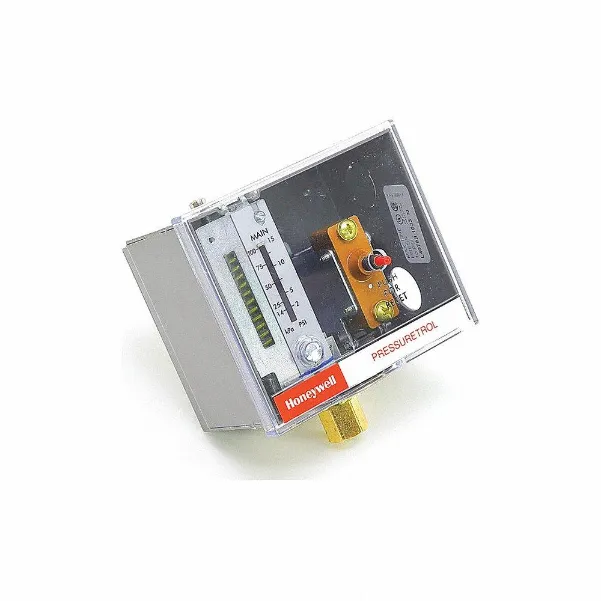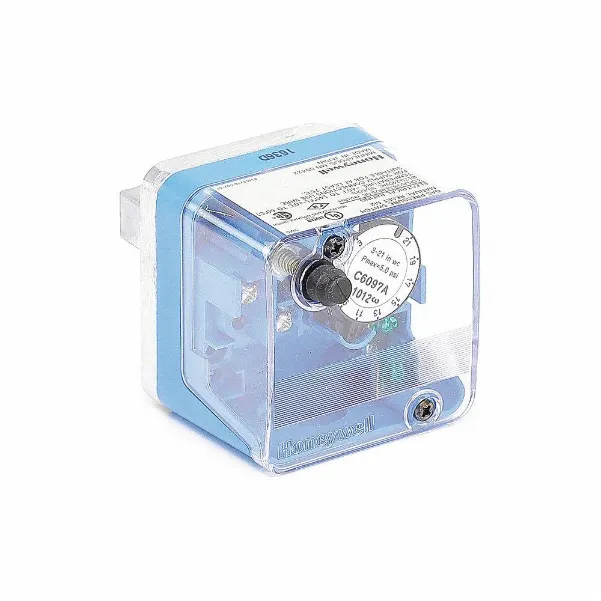Selecteer uw cookievoorkeuren
We gebruiken cookies en soortgelijke tools die nodig zijn om u in staat te stellen aankopen te doen en uw winkelervaringen te verbeteren. We gebruiken ze ook om te begrijpen hoe klanten onze diensten gebruiken (bijvoorbeeld door sitebezoeken te meten), zodat we verbeteringen kunnen aanbrengen. U kunt onze lezen Cookie beleid voor meer informatie.
Strikt noodzakelijke cookies
Altijd actiefDeze cookies zorgen ervoor dat onze website werkt. Ze omvatten het registreren van persoonlijke gegevens, zoals login/aanmeld- of accountgegevens, browserinformatie, afbeeldingen en video's en het winkelwagentje.
Daarnaast gebruiken we optimalisatiecookies om nieuwe functies en ontwerpen op onze website te testen. We gebruiken de verzamelde gegevens om onze website en de ervaring van onze klanten te verbeteren. We gebruiken de verzamelde gegevens om onze website en de ervaring van onze klanten te verbeteren.
Advertenties
Deze cookies worden gebruikt om de prestaties en relevantie van onze advertenties te begrijpen. Zo kunnen wij u van gepersonaliseerde advertenties op andere websites en op sociale media voorzien. Dit omvat ook het bijhouden van wanneer u op onze site bent aangekomen vanaf een erkende website van een derde partij en of u een aankoop hebt gedaan op basis van de advertenties die we aan u hebben getoond.
Aanbevelingen
Deze cookies stellen ons in staat om gepersonaliseerde product- en inhoudsaanbevelingen te geven, zodat de browse-ervaring voor u relevanter wordt.
Functioneel
Deze cookies worden gebruikt voor klantonderzoeken en feedback, om onze zoekresultaten te verbeteren en om u in staat te stellen om de inhoud van onze website te kunnen delen op sociale media.
Aanlyse
Deze cookies helpen ons onze website te verbeteren door informatie te verzamelen en te rapporteren over hoe u deze gebruikt.
 Land wijzigen
Land wijzigen- Inloggen
- Offerte aanvraag
-
Categorieën
Categorieën
- Abrasives
- Lijmen
- Apparaten en batterijen
- Schoonmaak
- Elektra
- Fasteners
- Meubelservice
- Handgereedschap
- Hardware
- HVAC
- Hydraulica
- Lab Supplies
- Verlichting
- Het smeren
- Machining
- Laden en lossen
- Motoren
- Kantoor Artikelen
- Outdoor uitrusting
- Verfbenodigdheden
- Leidingswerk
- Pneumatiek
- Power Tools
- Power Transmission
- Fietspompen
- Grondstoffen
- Referentiebenodigdheden
- Veiligheid
- Security
- Test instrumenten
- Voertuig onderhoud
- Lassen
- Merken






